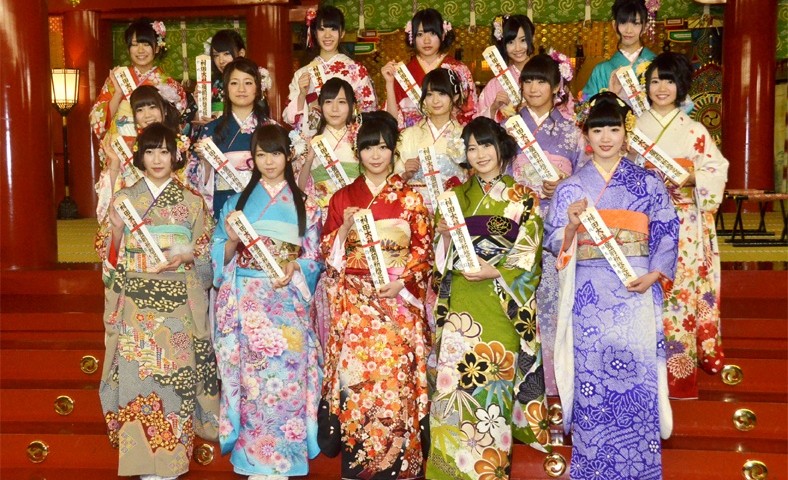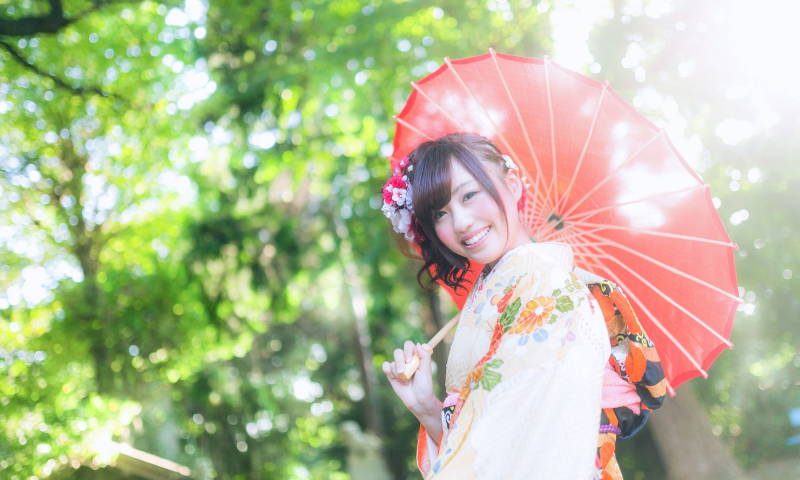
Kitakyushu Coming of Age Ceremony: Flamboyant Furisode and Hakama!
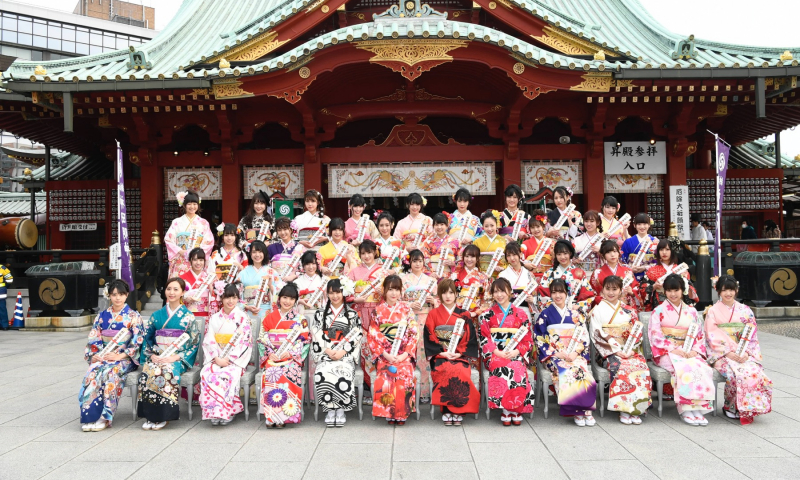
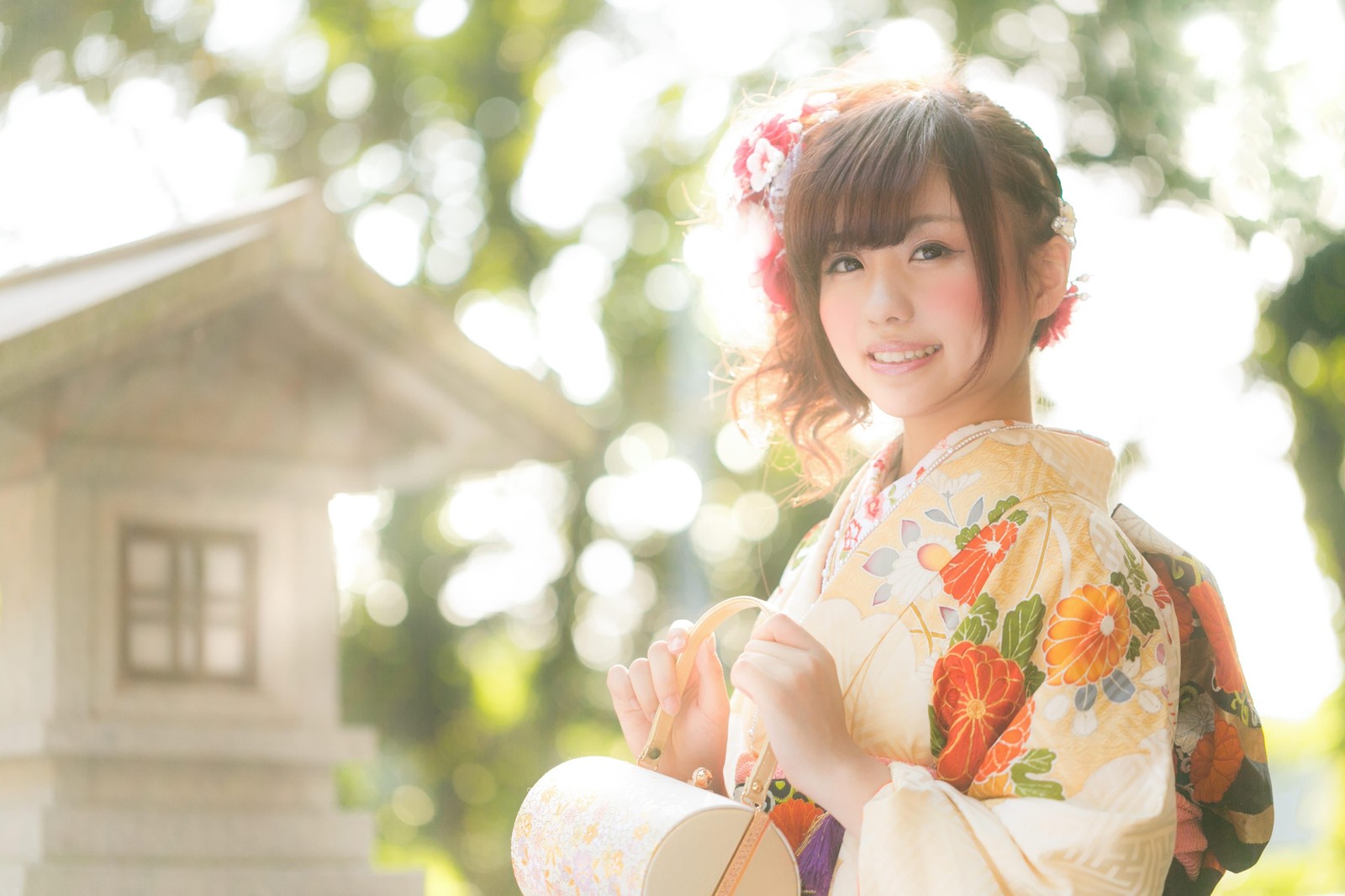
Sponsored Links
Around the world, coming-of-age ceremonies celebrate the transition of boys and girls to adults. Transitioning to adulthood in some societies can implicate the sexual maturity of the boy or girl, and in other societies it can represent the oncoming responsibilities that come with adulthood. Either way, coming-of-age traditions are celebrated in vastly different ways around the world and at different ages. For example, the Jewish celebration of Bar and Bat Mitzvahs are celebrated at 13 for boys and 12 for girls. In many cultures of south and central America, the quinceañera is celebrated for just girls when they turn 15 years old. And in America, many teens celebrate their coming of age on their Sweet 16. In Japan though, the coming-of age ceremony is celebrated for both boys and girls at the age of 20.
The Japanese coming-of-age ceremony is called seijinshiki, literally meaning “adult ceremony”. Historically, boys and girls celebrated their coming-of-age separately as genpuku and mogi somewhere between the ages of 12 and 16. The seijinshiki in Japan today though, began after WWII, in an effort to create more positivity within the youth of Japan after the distraught of the war. The celebration originally started in Saitama in 1946 as the seinensai, and in 1949, the government decided to officially declare the coming-of-age day a national holiday to be celebrated on January 15th every year. In 2000, the holiday date was moved to the second Monday every year of January.
Unlike many other cultures, Japanese people celebrate the coming-of-age not on the birthday of the individual, but collectively on the second Monday of every year. Usually, a boy or girl would celebrate their coming-of-age ceremony the year that they turn 20, so when they actually participate in the ceremony, they may still be 19. The general rule is that if the boy or girl turns 20 by March of that year, they can participate in the seijinshiki of that year.
The seijinshiki has a specific dress code. Boys will wear black usually either in a traditional Japanese style hakama or in a Western style suit. Girls will wear a type of kimono called a furisode, a kimono with long sleeves that can traditionally only be worn before a girl marries. Furisode are very expensive though, a few thousands of dollars on average, so it is very common for girls to rent these kimonos just for the one-day event. Others prefer to buy their own original furisode as it is a once-in-a-lifetime event. Since the event takes place in January, you can also see many girls wearing fake fur scarfs to keep warm.
So what happens on the day of the ceremony? In Japan, seijinshikis are celebrated separately by district or ward, therefore the location of the ceremony will differ depending on the ward. For example, in Shibuya ward, the ceremony is celebrated at the Meiji Shrine and in Shinjuku ward, it is celebrated at the Keio Plaza Hotel. During the ceremony, district mayors and representatives give speeches congratulating the boys and girls and some of the boys and girls themselves give speeches to their fellow coming-of-agers.
After the official ceremony by districts that usually takes place earlier in the day, the boys and girls can gather with their classmates from elementary, middle, and high school or with their families to celebrate. The age of 20 also represents the legal drinking age in Japan, so it is also common to see 20 year-old boys and girls having their first alcoholic drink on the day of the seijinshiki.
Although Japan suffers a decrease in birth rate and there are less youth participating in the coming-of-age ceremonies, the seijinshiki is still considered one of the most important yearly holidays with almost all boys and girls celebrating the event. The seijinshiki is also celebrated by popular idols like AKB48 too, with 32 members coming-of-age this year at Kanda Myojin, a Shinto Shrine, in the Chiyoda district of Tokyo. Along with celebrating among themselves, countless fans congratulated the idols and celebrated the idols’ coming-of-age.
Exclusive Photo Report: AKB48 Group Coming of Age Ceremony 2017 at Kanda Myojin!
So, what do you think about the Japanese style coming-of-age ceremony? Are Japanese seijinshiki different from the coming-of-age ceremonies that you have seen or experienced? What do you think about coming-of-age at 20 years-old?
Sponsored Links
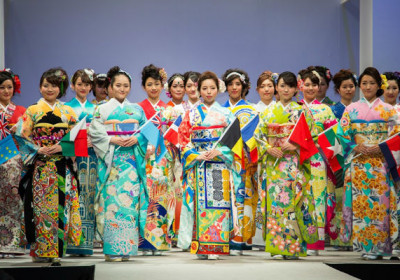
196 Countries Are Getting Represented With Unique Kimono Designs In Ambitious Kimono Project
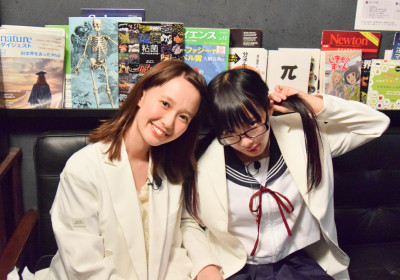
Best Place for Science Freaks! Visit “Science Bar Incubator” in Yotsuya


